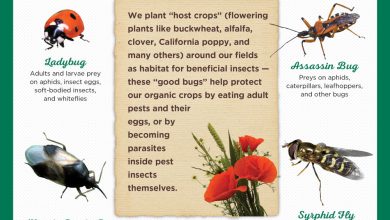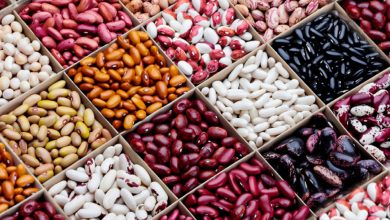Thymus Mastichina: [Cultivation, Associations, Pests and Diseases]
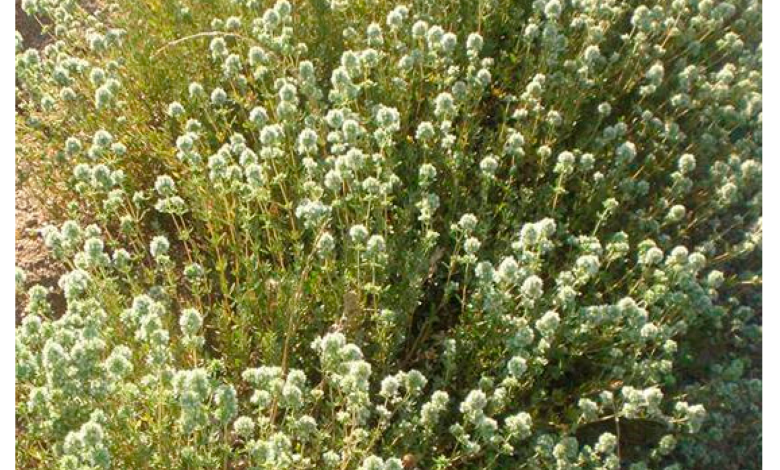
Important points when sowing Thymus Mastichina
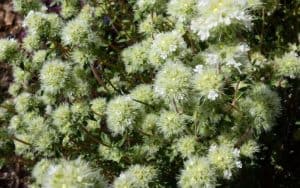 Where to sow? : In full light. It needs a lot of sunlight.
Where to sow? : In full light. It needs a lot of sunlight.- When? : in spring
- How do we prepare the land? : Removed, removing weeds. PH 5.5. to 6.3. With substrate containing sand and slightly rich in potassium.
- How do we water? With drip.
- How often do we water? Every 3 to 4 times a week in summer. Rest of the year, every 3 to 4 days.
- Plagues and diseases? : It is very resistant to pests and diseases.
The thymus mastichina is well known in the Iberian rural area for a wide variety of uses: medicinal, food and some uses in the handicraft industry and even ornamental.
Its scientific name is thymus mastichina, but it is known as almoradux, white thyme and marjoram, although there is a plant that is called that (the Origanum majorana) whose characteristics are different.
The origin of the plant dates back to Ancient Egypt, where it was used as an embalming ointment and burned as an air purifier during epidemics. The Greeks knew its medicinal properties for chest ailments, as an antiseptic or against joint pain.
When to sow a Thymus Mastichina?
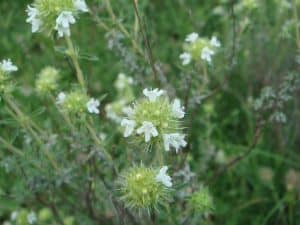 Sowing is preferable in early spring, although it can be sown as early as fall. The reproduction of the thymus mastichina can be done by seed or by cutting.
Sowing is preferable in early spring, although it can be sown as early as fall. The reproduction of the thymus mastichina can be done by seed or by cutting.
If it is by seed, it can be sown at the end of winter in the nursery, to have plants available during spring and summer. And you sow at the end of summer to have thymes during the fall.
In the case of cutting, professional nurseries can do it in the same way at those times of the year, since they have adequate facilities for rooting.
Where to do it?
The thymus mastichina is planted in full sun and does not need pinching, since it regrows very easily. The natural habitat is on sunny, dry soils.
How to prepare the land?
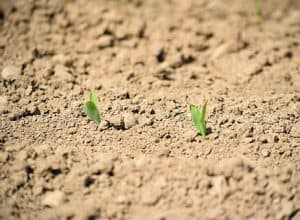 The thymus mastichina grows in different types of substrates, although it prefers siliceous soils, developing preferably in those with a loose texture, more or less sandy.
The thymus mastichina grows in different types of substrates, although it prefers siliceous soils, developing preferably in those with a loose texture, more or less sandy.
It can also be found in rocky mountains, on gypsum loams or in limestone rocks. It also thrives in dry, somewhat calcareous soils and on hills up to about 800/1,000 meters above sea level.
Clay soils are not suitable. In cultivation conditions and for soil preparation, a mixture of blond peat, coconut fiber and vermiculite and peat and sand in different proportions has given good results.
How do we water a Thymus Mastichina?
As for irrigation, the thymus mastichina, like the different types of thyme, can not withstand excessive humidity.
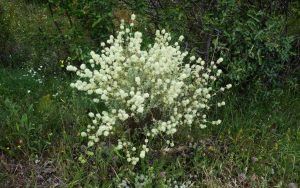 Hence the importance of controlling the frequency of irrigation to avoid excess moisture.
Hence the importance of controlling the frequency of irrigation to avoid excess moisture.
Localized irrigation is the most recommended and should be done when the substrate begins to be slightly dry, to promote root development and avoid subjecting the plant to unnecessary stress.
How do we sow a Thymus Mastichina step by step?
To sow the thymus mastichina or marjoram it is important to take into consideration:
- The size of the pot will depend on the desired final size of the plant. For the smaller ones, those with a diameter of 11 to 13 centimeters can be used, while for the larger ones it is convenient to use more than 22 centimeters.
- In small pots you can plant 3 groups together, while in large pots you can plant about five groups distributed throughout the planting area.
- Take special care in choosing the substrate. This must be for outdoor plants and contain a good percentage of sand that improves its drainage. Its pH should be between 5.5 and 6.3, although a little above it does not pose major problems.
- The background fertilization must be balanced, although slightly richer in potassium to prevent the Thymus vulgaris from growing excessively tender and not very compact.
- If fertigation is available, a balance of 1-0.5-1.5 plus microelements may be recommended, making contributions of 0.5 grams per liter once or twice a week.
- Its exposure will be in full sun and it does not need pinching as it regrows very easily.
What favorable associations does it have?
The association of crops of compatible plants produces benefits with respect to their cultivation separately, in addition to the use of light, water and/or nutrients.
The association of thymus mastichina may be of interest to an agriculture that is increasingly in need of new crops with high economic value, such as aromatic plants that produce essential oils.
What pests and diseases attack the Thymus Mastichina?
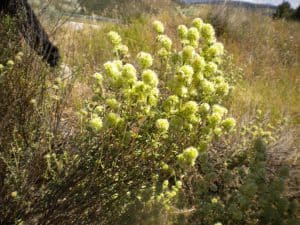 In terms of pests and diseases, the thymus mastichina is a plant that is highly resistant to attack by pests and diseases.
In terms of pests and diseases, the thymus mastichina is a plant that is highly resistant to attack by pests and diseases.
However, it is advisable to avoid humid environments and cultivation surfaces, which could cause fungal diseases.
Sometimes a yellowing of the leaves appears at the top of some branches, caused by the attack of phytophagous nematodes, at the level of the roots. A generalized invasion leads to the disappearance of the affected feet.
The main causative agent of the disease has been found to be Meloidogyne hapla. It should be avoided by disinfecting the soil in nurseries and, by vegetative multiplication, resorting to healthy feet. In those plots with evidence of previous presence of nematodes, thyme will not be grown.
The defoliation of the tops and the yellowing, typical after flowering, should not be confused with diseases.
Bibliography and references
- Reyes Prosper, Eduardo. (2009). The steppes of Spain and its vegetation. Editorial Maxtor. Valladolid-Spain.
- White Rooms, Jose; Garcia Alonso, David; Vazquez Pardo, Francisco Maria; Ruiz Tellez, Trinidad. (2015). Methodological proposal for the cultivation of the “marjoram” Thymus mastichina (L.) L. (Lamiaceae) in Las Vegas del Guadiana (Badajoz). Botanical Leaf Extremadurensis. University of Extremadura. Badajoz-Spain. Reproduced from: https://dialnet.unirioja.es/descarga/articulo/6421542.pdf
- Velasco Negueruela, Arturo; Perez Alonso, Maria Jose. (1986). Iberian thyme essential oils. IV. Contribution to the chemotaxonomic study (Terpenoids) of the genus Thymus L. Complutense University. Madrid Spain. Reproduced from: https://revistas.ucm.es/index.php/BOCM/article/viewFile/BOCM8686110115A/6598
- Guillot Ortiz, Daniel. (2009). Ornamental plants from Noguera (Teruel). Dicot angiosperms. Rehalda magazines. Teruel-Spain. Reproduced from: https://dialnet.unirioja.es/descarga/articulo/3097850.pdf

